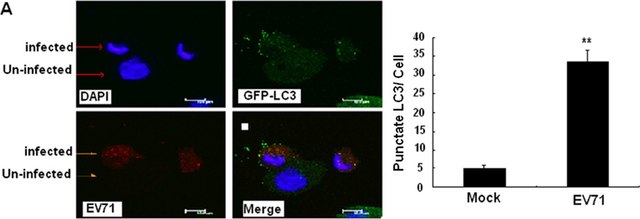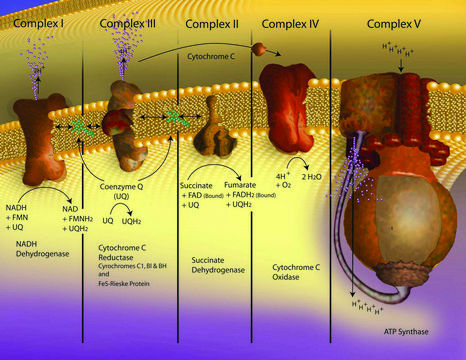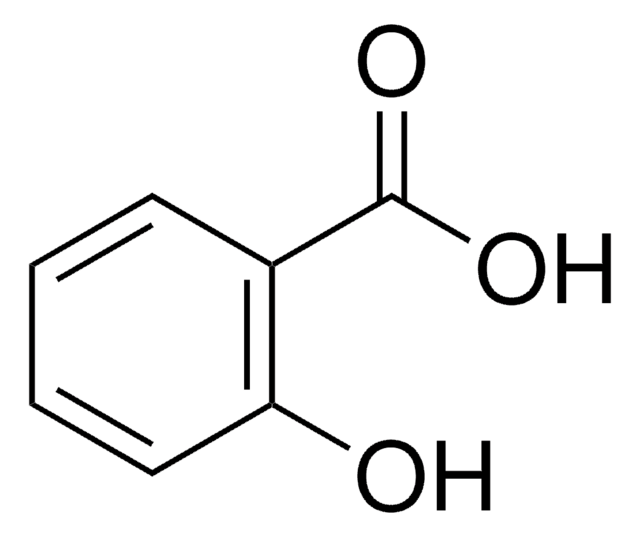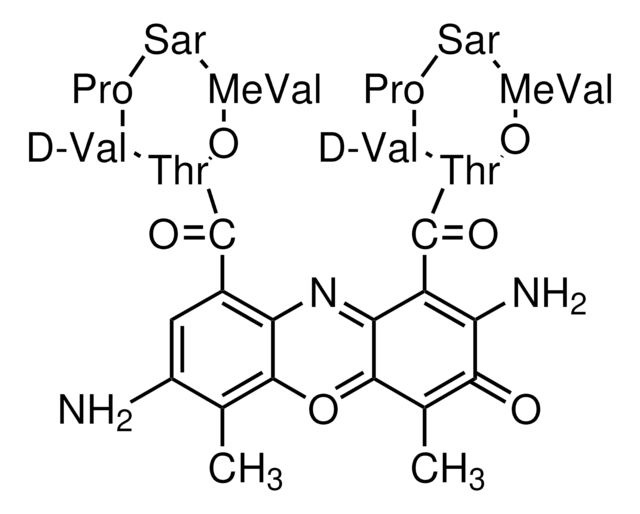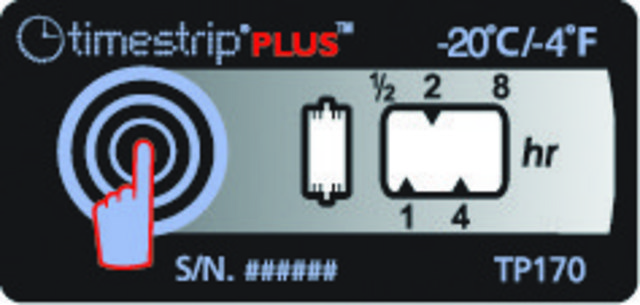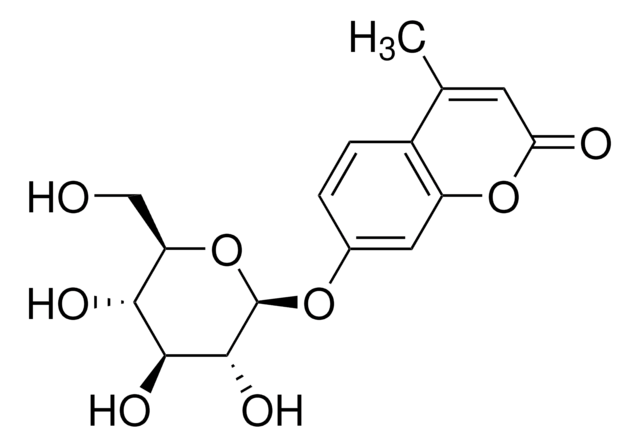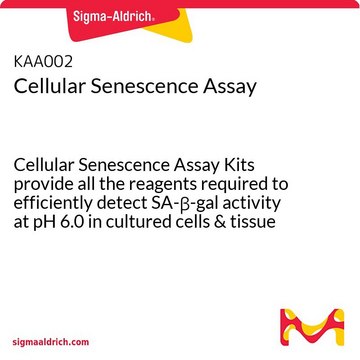AB3598
Anti-Mitochondria Antibody
serum, Chemicon®
Synonym(s):
Anti-ACNINV3, Anti-FAD, Anti-PS-1, Anti-S182
About This Item
Recommended Products
biological source
rabbit
Quality Level
antibody form
serum
antibody product type
primary antibodies
clone
polyclonal
species reactivity
monkey, human
manufacturer/tradename
Chemicon®
technique(s)
immunocytochemistry: suitable
western blot: suitable
input
sample type neural stem cell(s)
NCBI accession no.
UniProt accession no.
shipped in
wet ice
target post-translational modification
unmodified
Gene Information
human ... TOMM20L(387990)
General description
Specificity
The antibody shows a moderate titer by ELISA to the immunogen peptide but does not immunoblot any expected presenilin 1 bands. Immunocytochemistry with the serum revealed a mitochondria-like staining that was still present after exhaustive preabsorption with the peptide. The staining co-localizes with CHEMICON′s anti-mitochondria antibody MAB1273.
Immunogen
Application
Immunocytochemistry: 1:100-1:300 on COS7, HeLa, 293 and SK-N-MC cell lines.
Optimal working dilutions must be determined by the end user.
Stem Cell Research
Neural Stem Cells
Target description
Physical form
Storage and Stability
Analysis Note
HeLa whole cell extract, human neuroblastoma SH-SY5Y cells
Legal Information
Disclaimer
Not finding the right product?
Try our Product Selector Tool.
recommended
Storage Class Code
10 - Combustible liquids
WGK
WGK 1
Certificates of Analysis (COA)
Search for Certificates of Analysis (COA) by entering the products Lot/Batch Number. Lot and Batch Numbers can be found on a product’s label following the words ‘Lot’ or ‘Batch’.
Already Own This Product?
Find documentation for the products that you have recently purchased in the Document Library.
Our team of scientists has experience in all areas of research including Life Science, Material Science, Chemical Synthesis, Chromatography, Analytical and many others.
Contact Technical Service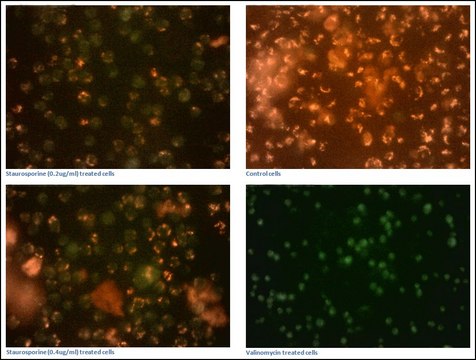
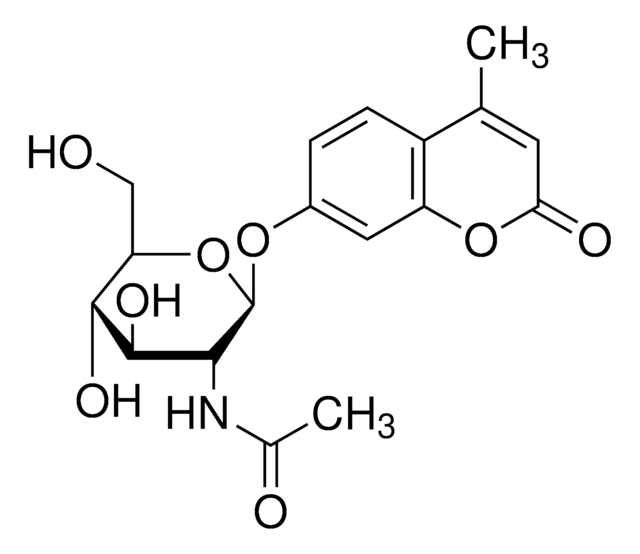
![2-[4-(Dimethylamino)styryl]-1-methylpyridinium iodide Dye content 95 %](/deepweb/assets/sigmaaldrich/product/structures/181/134/41445d57-c171-47d6-840d-c4691192c30d/640/41445d57-c171-47d6-840d-c4691192c30d.png)
